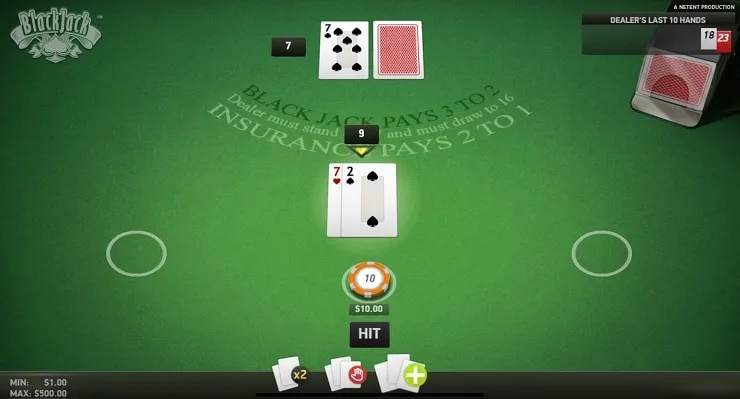
Unveiling the Numbers: The Fascinating Mathematics of Blackjack
Blackjack, often hailed as the king of the card table, is a game where skill and strategy intersect with the law of probability. Unlike many other casino games, blackjack offers players the chance to significantly influence the outcome of each hand through decisions based on mathematical insights. This article delves into the intriguing mathematics behind blackjack, exploring win/loss ratios, frequency statistics, and bust probabilities that illuminate the game’s strategic depth.
At the heart of blackjack lies a complex mathematical foundation that dictates the odds, probabilities, and outcomes of the game. Understanding these mathematical aspects can transform how players approach the game, turning blackjack from a game of chance into a game of skill and calculation. Here, we’ll uncover some fascinating facts from the mathematics of blackjack that reveal why this game continues to captivate gamblers worldwide.
Blackjack Win/Loss Ratio
One of the most compelling aspects of blackjack is its relatively low house edge, which stands at approximately 0.5% for players who employ basic strategy. This means that for every $100 wagered, the expected loss is only 50 cents over the long term. The win/loss ratio in blackjack is closely linked to the player’s ability to make strategic decisions, highlighting the game’s skill component.
Blackjack Frequency
The frequency of obtaining a natural blackjack (an ace and a 10-value card) is about 4.8%, or roughly once in every 21 hands. This statistic underscores the rarity of the game’s most coveted hand and its significance in swinging the odds in the player’s favor, offering a payout of 3:2 in most casinos.
Blackjack Player Bust Frequency
A player’s decision to hit or stand is often influenced by the risk of busting, or exceeding a total of 21. Statistically, players bust approximately 28% of the time. However, this frequency varies widely depending on the hand’s total value, with the risk increasing significantly as the total approaches 21.

Dealer Bust Frequency in Blackjack
Interestingly, the dealer’s bust frequency is slightly higher, averaging around 29%. This slight edge is primarily due to the fixed rules dealers must follow, typically standing on 17 and hitting on 16. Understanding the dealer’s bust probability can guide players in making more informed decisions, especially when contemplating risky hits.
A Few More Facts About Blackjack
The Importance of Soft Hands: Soft hands, or hands containing an ace valued as 11, offer strategic flexibility. Players can’t bust by taking an additional card, which significantly influences the game’s strategy.
The Impact of Deck Numbers: The number of decks in play affects the house edge, with single-deck games typically offering the best odds for players.
Card Counting: A controversial and often misunderstood strategy, card counting, is a mathematical system used to track the ratio of high to low cards remaining in the deck. While not illegal, it is frowned upon in casinos and can lead to players being barred.
Conclusions
The mathematics of blackjack reveals a game of intricate strategy and calculated risk. While luck plays a role, a player’s understanding of probability and statistics can dramatically influence their success at the table. The mathematical facts of blackjack not only add to the game’s allure but also empower players to approach the table with confidence and a deeper appreciation for the game’s strategic dimensions. Whether a seasoned veteran or a curious newcomer, embracing the mathematics of blackjack can lead to a more rewarding and engaging gaming experience.
